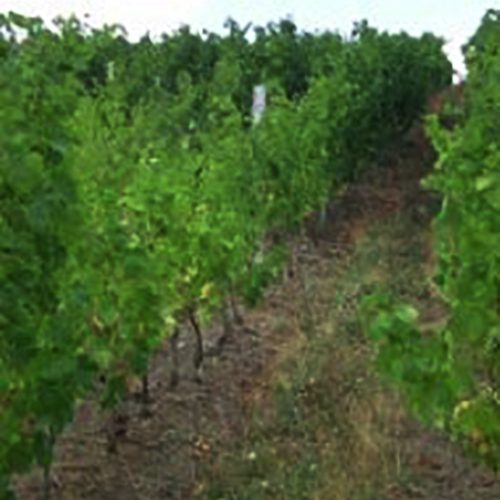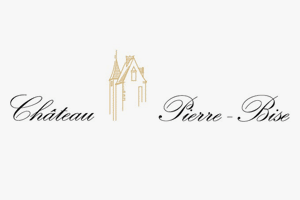Château Pierre-Bise
Country: France
Region: Anjou, Loire Valley
Claude Papin took over his family’s estate in 1990 along with his wife, Joelle Papin-Chevalier. Since then, they have become the most polemic defenders of the Anjou terroir, being perhaps unsurprisingly very good friends with Marcel Deiss from Alsace. They control over 54 hectares of vines, producing a vast array of single-vineyard whites, reds, and sweet wines. However, it is his sweet wines for which he is most famous, and in particular those from the Côteaux du Layon. As the former President of the Quarts de Chaumes Syndicat and the head of the Centre Technique Interprofessionnel de la Vigne et du Vin, he has been a powerful advocate and the leading force behind the INAO’s decision to bestow the Quarts de Chaume with grand cru status and the Coteaux du Layon with premier cru status in 2011.
Vineyards and Viticulture
With morning mists, plenty of sun and a perpetual breeze along the sleepy Layon, conditions are ideal for the development of botrytis, the noble rot that turns Chenin Blanc into liquid gold. While they use many organic and biodynamic practices in their vineyards, they would more likely describe their vineyard practices as lute raisonnée, believing that some vine treatments, when used in moderation, can be extremely helpful in staving off vine disease and mildew. Growing under such conditions can be a tricky balance, and the Papins are careful to pick the grapes when they reach optimal maturity. At this point, it becomes a wait-and-see game for botrytis to begin forming. They believe that if the process is too prolonged, the sugar levels begin to mask the nuances of terroir in the wines. That is why Claude and his sons make regular passes through the vineyards over two months, so that they pick the grapes at just the right moment. Their soils are composed of schist, quartz and spilite—an oceanic basalt.
Winemaking
Generalising, for the white wines the freshly-picked fruit is pressed using pneumatic equipment with a small addition of sulphites at this moment. The juice is allowed to settle and then fermented in a mix of older wooden vessels, typically large foudres, with overspill being vinified in 400-litre barrels. Reds are of course destemmed, the fruit macerated with the juice.
In recent years, the Papin family have also added eight 10-hectolitre sandstone jarres to the mix as well. A little stainless steel is also used. As you would expect there is no role for added sugar, enzymes or yeasts. Thereafter there are no further sulphite additions during the élevage, so many of the wines, not just red but white, undergo malolactic fermentation. Some dry whites are influenced by botrytis as well (not that unusual in Anjou – it requires a huge amount of effort to produce a botrytis-free wine), another factor which can make for a very distinctive style which might not, in some cases, be to everybody’s taste. The élevage takes place in the same range of vessels employed for the fermentation. The wines see a second dose of sulphites before bottling.
The South-West orientation of the vines in the Coteaux du Layon, combined with the natural morning mists that come off the Layon leads to a natural onset of botrytis. Papin harvests continually over two months, taking only the grapes that are at their peak of botrytisation on each of several passes that he makes for each row of vines. He then naturally ferments as slowly as possible, without the addition of sugar, in order to keep as much purity of expression as he can. This gives wines that have a great balance of sweetness and acidity without any of the bad Chenin odours that can be seen in other less carefully cared for wines.
In late 2011 Papin’s ongoing efforts to see greater recognition of the sweet wines of Anjou were rewarded, with the approval of Grand Cru status for Quarts de Chaume (making it the first Grand Cru in the Loire) and Premier Cru status for Coteaux du Layon.
As Andrew Jefford in “The New France” says of the Coteaux du Layon Beaulieu Rouannières: “Grown on volcanic spilite which seems to add delicious marzipan dimensions, and provide both unctuous glycerol and ample ripe acidity.”


